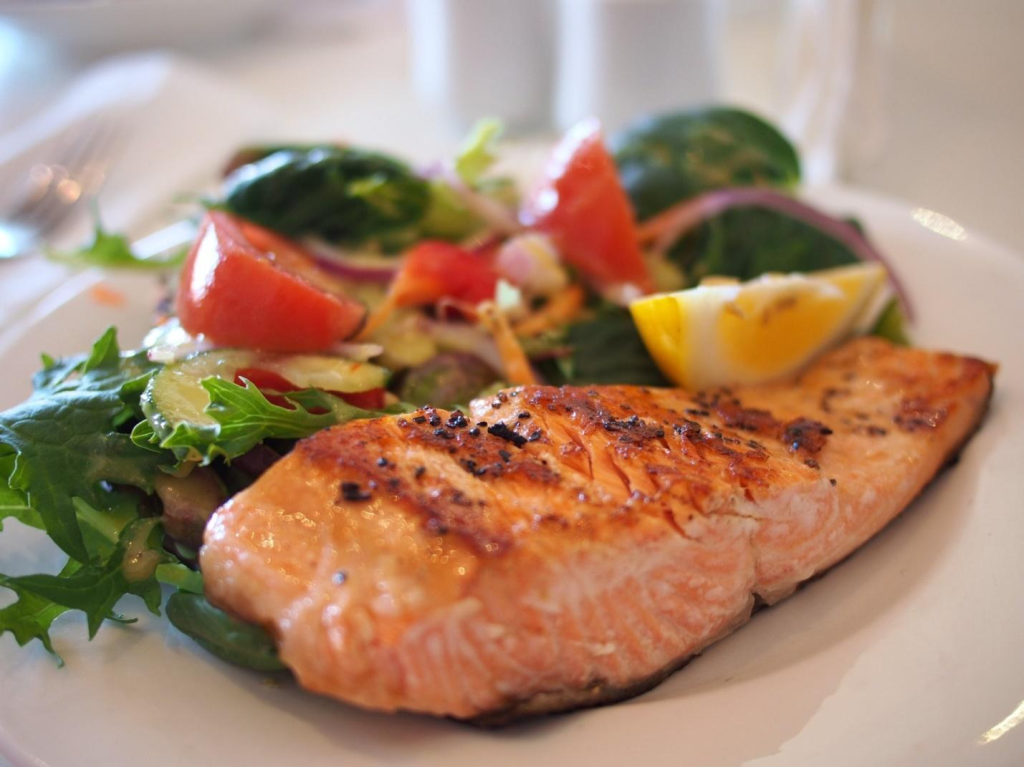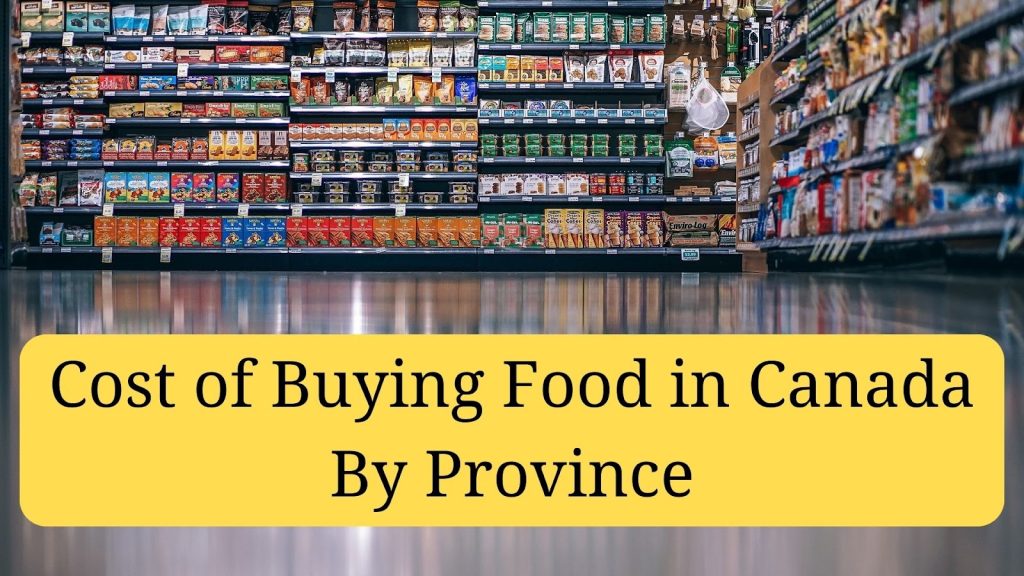Meal prepping is a critical component of healthy eating. It allows you to control your calorie intake, put nutritious food in your body, and have time to prepare your food the night before. With the pandemic, many more people have gotten into the habit of meal prepping. However, it is easy to fall into some common traps when doing so. Read on to learn about the most common errors with meal prepping and how to avoid them.
1. Not Planning Your Meals
Proper meal planning is the foundation of successful meal prepping. When you fail to plan your meals ahead of time, you may find yourself scrambling to throw together random ingredients or resorting to unhealthy takeout options. Take the time each week to sit down and plan out your meals.
Consider your dietary goals, preferences, and any ingredients you already have on hand. Look for simple, nutritious recipes with fruits and vegetables that can be easily prepped. Once you plan your meals, create a shopping list with all the necessary ingredients, ensuring you have everything you need before preparing.
Read : Rectangular Platter: Serve Delicious Meals in an Authentic Manner
2. Overcomplicating Recipes
While trying out intricate and fancy recipes when meal prepping is tempting, it can quickly lead to burnout and frustration. Instead, aim for simplicity. Look for recipes that require minimal ingredients and straightforward preparation methods.
Focus on whole foods and choose recipes easily scaled up to make multiple servings. Consider batch-cooking staple ingredients like grains, proteins, and roasted vegetables that can be mixed and matched throughout the week.
By keeping your meal prep simple, you’ll save time and energy while still enjoying delicious and nutritious meals. Remember, meal prepping doesn’t have to be complicated to be effective.
Read: What to Expect at a Fine Dining Restaurant
3. Ignoring Variety
One of the downsides of meal prepping is the potential monotony of eating the same meals repeatedly. To avoid this, prioritize variety in your meal prep. Incorporate a diverse range of ingredients, including different sources of protein (chicken, fish, tofu, etc.), vegetables (leafy greens, cruciferous vegetables, colorful veggies), and grains (quinoa, brown rice, whole wheat pasta).
Experiment with different cooking methods, seasonings, and spices to add flavor and excitement to your meals. Consider trying new recipes or cuisines each week to keep things interesting. By embracing variety, you’ll prevent boredom and ensure you get a wide array of nutrients in your diet.
Don’t Miss it: The Top 6 Health Benefits of Eating Sushi
4. Failing to Portion Properly
Portion control is essential for maintaining a balanced diet and managing calorie intake. When meal prepping, it’s crucial to pay attention to portion sizes. Invest in portion control containers or use a food scale to measure your servings accurately. It will help you avoid overeating or under-eating. Be mindful of your specific dietary needs and goals, whether weight loss, muscle gain, or general maintenance.
Following portion guidelines for different food groups, such as proteins, carbohydrates, and fats, will help you achieve a well-rounded meal. By portioning your meals correctly, you’ll have better control over your nutrition and be able to meet your dietary objectives effectively.
5. Neglecting Food Safety
Maintaining proper food safety practices is crucial, especially when using a meal delivery service for your meal prepping. Please do so to avoid foodborne illnesses and spoilage.
Always ensure that your work area and utensils are clean before prepping. Wash your hands thoroughly and sanitize surfaces that come into contact with raw ingredients.
When storing your prepped meals, use airtight containers to prevent bacteria growth and contamination. It’s important to refrigerate your meals promptly to keep them at safe temperatures.
Label your containers with the date to keep track of freshness and consume them within a recommended timeframe. When reheating your meals, ensure they reach the appropriate internal temperature to kill potential bacteria. You can enjoy your meal prep with peace of mind by prioritizing food safety.
Read NOW: Eat Move Make Food Fitness Travel Lifestyle
6. Not Considering Storage Space
Before diving into meal prepping, take a moment to assess the available storage space in your fridge, freezer, and pantry. Having enough containers and storage bags is essential to accommodate your prepped meals. Opt for stackable containers that maximize space utilization.
If you have limited storage space, consider investing in space-saving solutions such as compartmentalized containers or freezer-safe bags that you can store flat. Additionally, organizing your fridge and freezer can help optimize storage capacity.
Label your containers and group them by meal or type of food to make locating and accessing them more accessible. By considering your storage limitations and organizing effectively, you can streamline your meal-prepping process and maximize the available space.
Don’t Miss It:Acne and Nutrition: How to Get Rid of Acne
7. Forgetting To Mix up Textures
Texture plays a significant role in the overall enjoyment of your meals. A common mistake in feed prepping is preparing meals with a similar texture throughout, which can make them monotonous. To avoid this, aim for various surfaces in your meal preps. Incorporate crunchy elements like raw veggies, nuts, or seeds for added texture and freshness.
Include chewy components such as cooked whole grains or roasted vegetables. Consider incorporating soft or creamy elements like avocados, yogurt, or sauces to provide contrast. Adding different textures to your meals will make them more enjoyable to eat and enhance the sensory experience of your meal prep.
Read Now: Are Zero Calorie Drinks Good for Weight Loss?
8. Skipping the Taste Test
Try your meal preps before putting them away, so take advantage of this step. Sometimes, the seasonings or flavors in a recipe may need to be changed to fit your tastes.
Take the time to taste each part of your meal separately and the whole thing before you divide it up. It lets you judge the flavors, change the spices, and make sure the overall taste is what you want.
Notice how the flavors, saltiness, heat, or acidity go together. Making changes before the meals are packed and stored is much easier. By doing a taste test as part of your meal-prep routine, you can ensure your meals are just how you like them and avoid unpleasant surprises when it’s time to eat.
Don’t Skip it: How to Identify Fake Eggs – Chemical Eggs
Last Words
Meal prepping is a great tool to help save time and money while keeping healthy habits. To keep meal prepping efficient, prepare for common errors such as buying too much food, monotony, and unappetizing meals.
Proactively addressing these errors with meal prepping will help make meal prepping more enjoyable and effective. Start by writing a meal-prepping plan and shopping for fresh, nutritious ingredients today!
Read :Amazing Health Benefits of Dates (Khejoor) for Skin & Hair Care
Frequently Asked Questions
It is safe to meal prep for up to 4-5 days. This time frame ensures that the meals remain fresh and safe to consume.
Yes, meal prep can be efficient. By planning and preparing your meals in advance, you can save time during busy weekdays and have healthy meals readily available.
No, meal prep is not just eating leftovers. While leftovers can be a part of meal prepping, the concept goes beyond simply reheating and consuming leftover meals. Meal prepping allows for intentional meal planning, controlling portion sizes, and incorporating variety into your meals.
Michael C Vang is a passionate blogger. He has been blogging since 2013 on a variety of topics. He is committed to creating informative and engaging content that helps readers learn more about everything.



